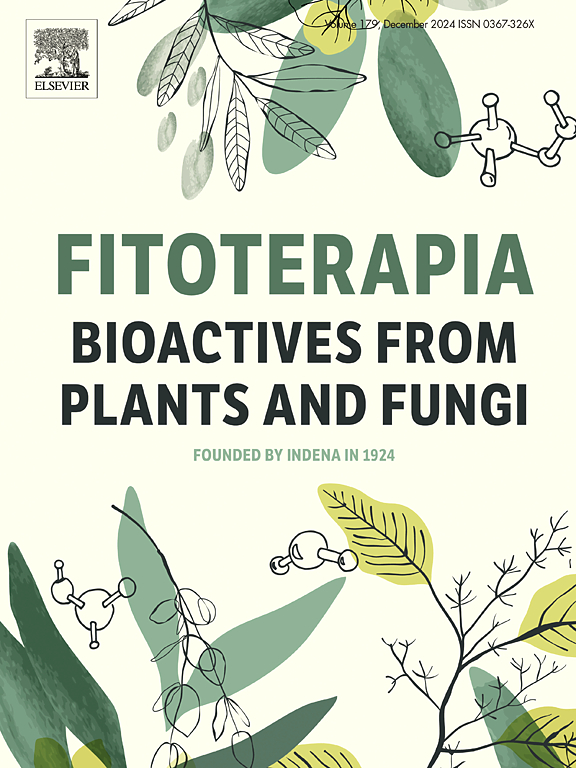探讨TLR4/NF-κB信号通路在缺氧心肌损伤中的作用机制及其中药治疗意义
IF 2.6
3区 医学
Q3 CHEMISTRY, MEDICINAL
引用次数: 0
摘要
缺氧心肌损伤是许多心血管疾病的核心机制,对全球公共卫生构成严重威胁。其发病机制涉及能量代谢紊乱、氧化应激、炎症反应、凋亡调节失衡等环节,导致心肌功能障碍和损伤。近年来,大量研究证实toll样受体4 (TLR4)/核因子κ b (NF-κB)信号网络可通过介导HMGB1、MyD88、Caspase-3、HIF-1α、TNF-α、NLRP3、HSP70等调控缺氧心肌损伤。中药及其有效成分在治疗缺氧性心肌损伤等复杂疾病方面具有明显优势,抑制TLR4/NF-κB信号网络的关键靶点是心肌保护的机制之一。然而,在这一领域很少有系统的综述和总结。基于此,本文对近年来TLR4/NF-κB信号通路参与缺氧性心肌损伤的调控机制及中医药干预作用进行综述,为缺氧性心肌损伤的基础研究和新药开发提供理论依据。本文章由计算机程序翻译,如有差异,请以英文原文为准。

Exploring the mechanism of TLR4/NF-κB signaling pathway in hypoxic myocardial injury: Implications for traditional Chinese medicine therapy
Hypoxic myocardial injury is the core mechanism of many cardiovascular diseases and poses a serious threat to global public health. Its pathogenesis involves energy metabolism disorder, oxidative stress, inflammatory response, apoptosis regulation imbalance, and other links, resulting in myocardial dysfunction and damage. In recent years, a large number of studies have confirmed that the Toll-like receptor 4 (TLR4)/nuclear factor-κB (NF-κB) signaling network can regulate hypoxic myocardial injury by mediating HMGB1, MyD88, Caspase-3, HIF-1α, TNF-α, NLRP3, HSP70, etc. Traditional Chinese Medicine (TCM) and its active components have obvious advantages in the treatment of complex diseases such as hypoxic myocardial injury, and inhibiting the key target of TLR4/NF-κB signaling network is one of the mechanisms of myocardial protection. However, there are few systematic reviews and summaries in this field. Based on this, this review summarizes the regulatory mechanism of TLR4/NF-κB signaling pathway involved in hypoxic myocardial injury and the intervention effect of TCM in recent years, to provide a theoretical basis for basic research and new drug development of hypoxic myocardial injury.
求助全文
通过发布文献求助,成功后即可免费获取论文全文。
去求助
来源期刊

Fitoterapia
医学-药学
CiteScore
5.80
自引率
2.90%
发文量
198
审稿时长
1.5 months
期刊介绍:
Fitoterapia is a Journal dedicated to medicinal plants and to bioactive natural products of plant origin. It publishes original contributions in seven major areas:
1. Characterization of active ingredients of medicinal plants
2. Development of standardization method for bioactive plant extracts and natural products
3. Identification of bioactivity in plant extracts
4. Identification of targets and mechanism of activity of plant extracts
5. Production and genomic characterization of medicinal plants biomass
6. Chemistry and biochemistry of bioactive natural products of plant origin
7. Critical reviews of the historical, clinical and legal status of medicinal plants, and accounts on topical issues.
 求助内容:
求助内容: 应助结果提醒方式:
应助结果提醒方式:


